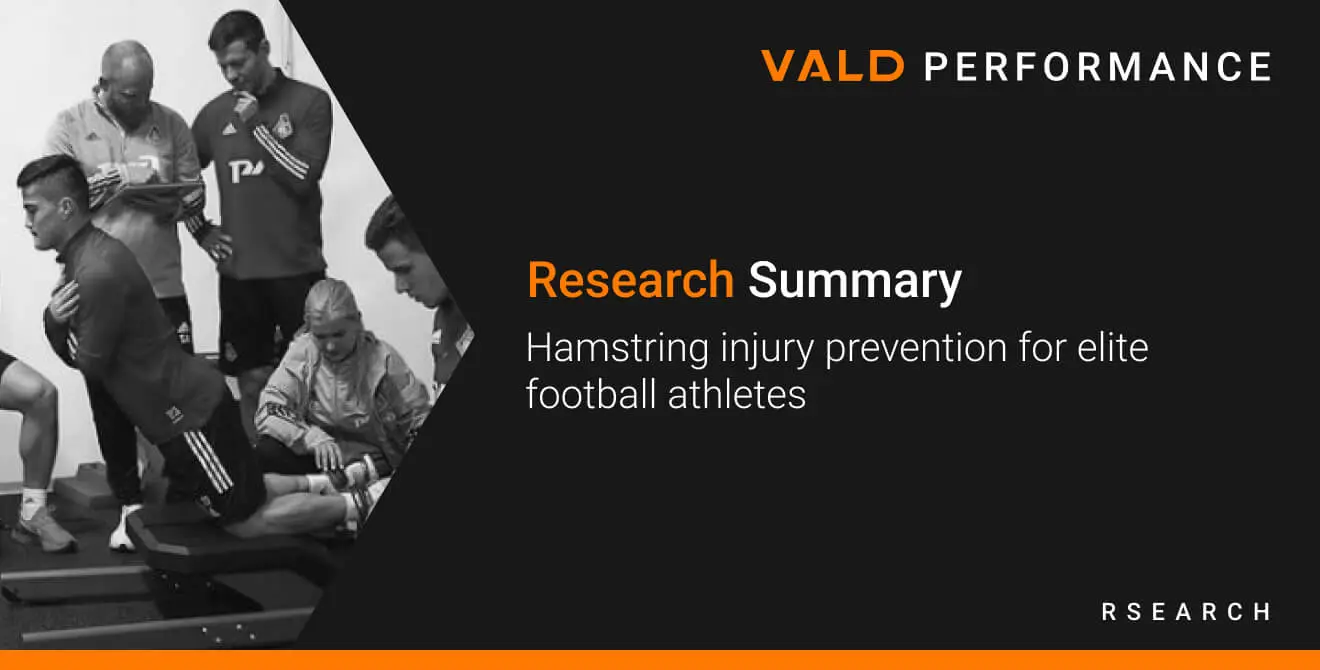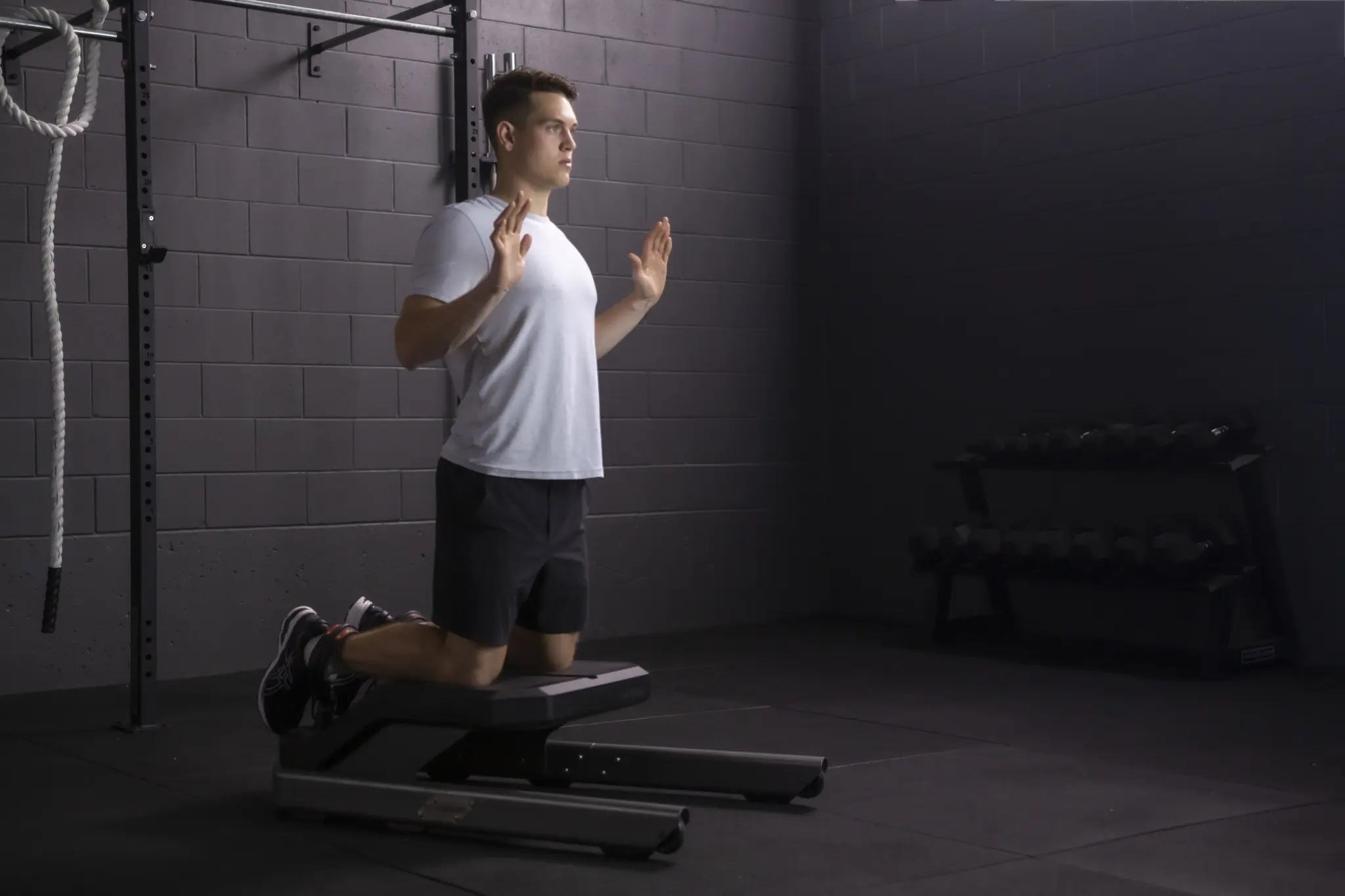RESEARCH SUMMARY: Hamstring injury prevention for elite football athletes (Chebbi et al., 2020)
Available in:
EN
Original research title: ‘Hamstring injury prevention for elite soccer players: a real-world prevention program showing the effect of players’ compliance on the outcome’ (Chebbi et al., 2020)
Authors: Chebbi, S., Chamari, K., Van Dyk, N., and Gabbett, T.
Year: 2020
Purpose
This study aimed to identify the impact of a Nordic hamstring exercise (NHE) training program on hamstring injury rates in a professional football (soccer) team over 5 seasons. The impact of compliance to the NHE training program (i.e. low, moderate and high compliance) on hamstring injury rates was also investigated.
During the first and last season, no hamstring injury prevention strategies were utilised, with these two seasons being used as the control group. For the remaining three seasons, the NHE training program was implemented and each athlete’s compliance to the sessions was recorded.
During the first 10 weeks of the seasons in which the intervention was implemented, the NHE training program consisted of varying volumes and intensities, as described by Petersen et al. (2011). Following this, the NHE training program was performed once per week and consisted of 3 sets of 8, 10 and 12 repetitions.
In total, 116 athletes were included in the study across the 5 seasons. Throughout the study period, 40 hamstring injuries occurred, with the incidence rate being 0.95 injuries per 1000 hours of training and match exposure.
Within each season, athletes were categorised into the following groups:
- Low compliance (< 20% of sessions completed)
- Moderate compliance (20-70% of sessions completed)
- High compliance (> 70% of sessions completed).
Takeaway
Although non-significant, the findings of this study support the effectiveness of NHE training programs in preventing hamstring injuries in elite football (soccer).
The results of this study also suggest that greater compliance to NHE training interventions may result in a reduction in hamstring injury rates. Practitioners should make a concerted effort to improve athletes’ adherence to NHE training programs.
Key findings
- The highest risk of hamstring was observed in the low compliance group, although this was not significantly different from the control group (odds ratio = 1.77, confidence intervals = 0.57-5.47, p = 0.32).
- Although not significantly different from the control group, the lowest risk of hamstring injury was observed in the high compliance group (odds ratio = 0.75, confidence intervals = 0.29-1.99, p = 0.57).
Read the full research paper here.
Nordic hamstring exercise (NHE) and other eccentric and isometric strength protocols can be performed on VALD’s NordBord.

Want to learn more about the NordBord?
Get in touch with us here or at the button below.
Read more VALD Performance research
- Factors that lead to hamstring strain injury and re-injury (Opar et al., 2012)
- Test re-test reliability of single and multijoint strength properties in female Australian football athletes (Kadlec et al., 2021)
- A 90 minute soccer match induces eccentric hamstring muscles fatigue (Kakavas et al., 2021)
- Isometric vs eccentric testing for assessing hamstring strength of youth alpine ski racing athletes (Luchner et al., 2021)
